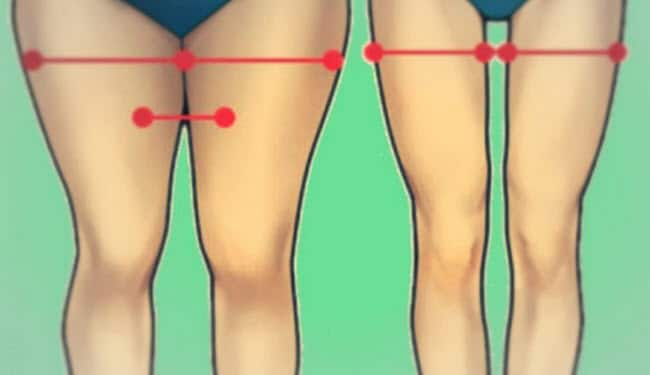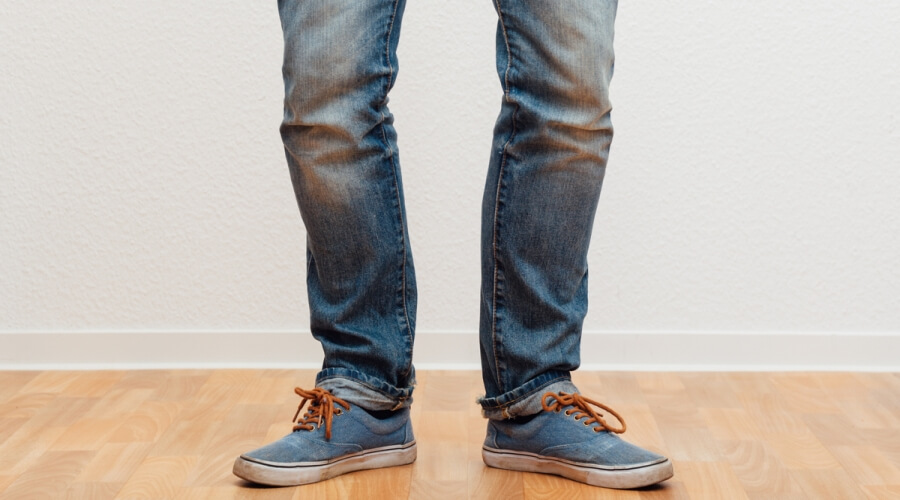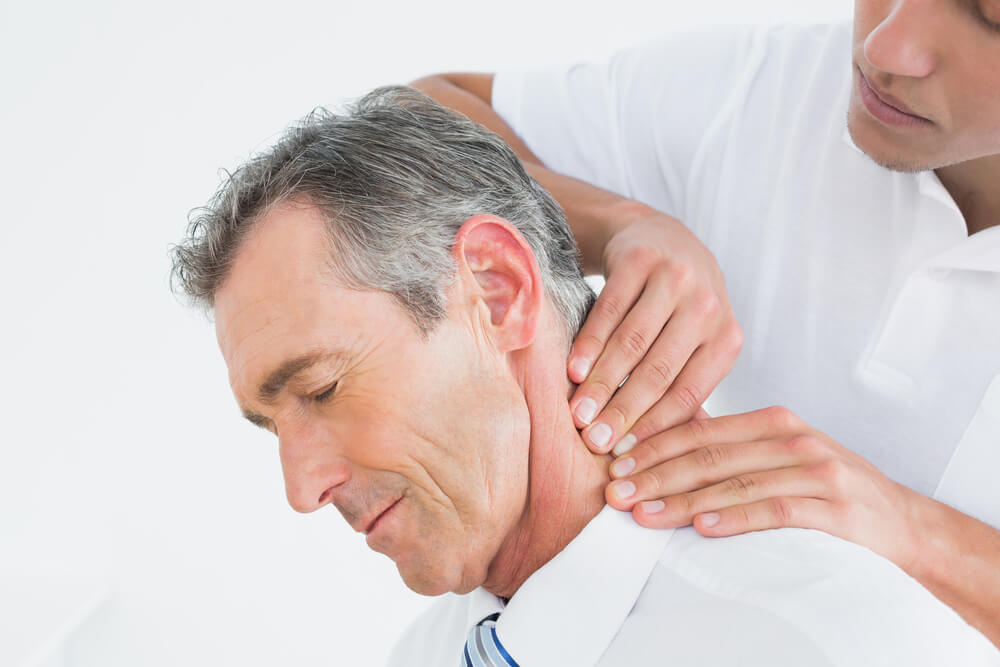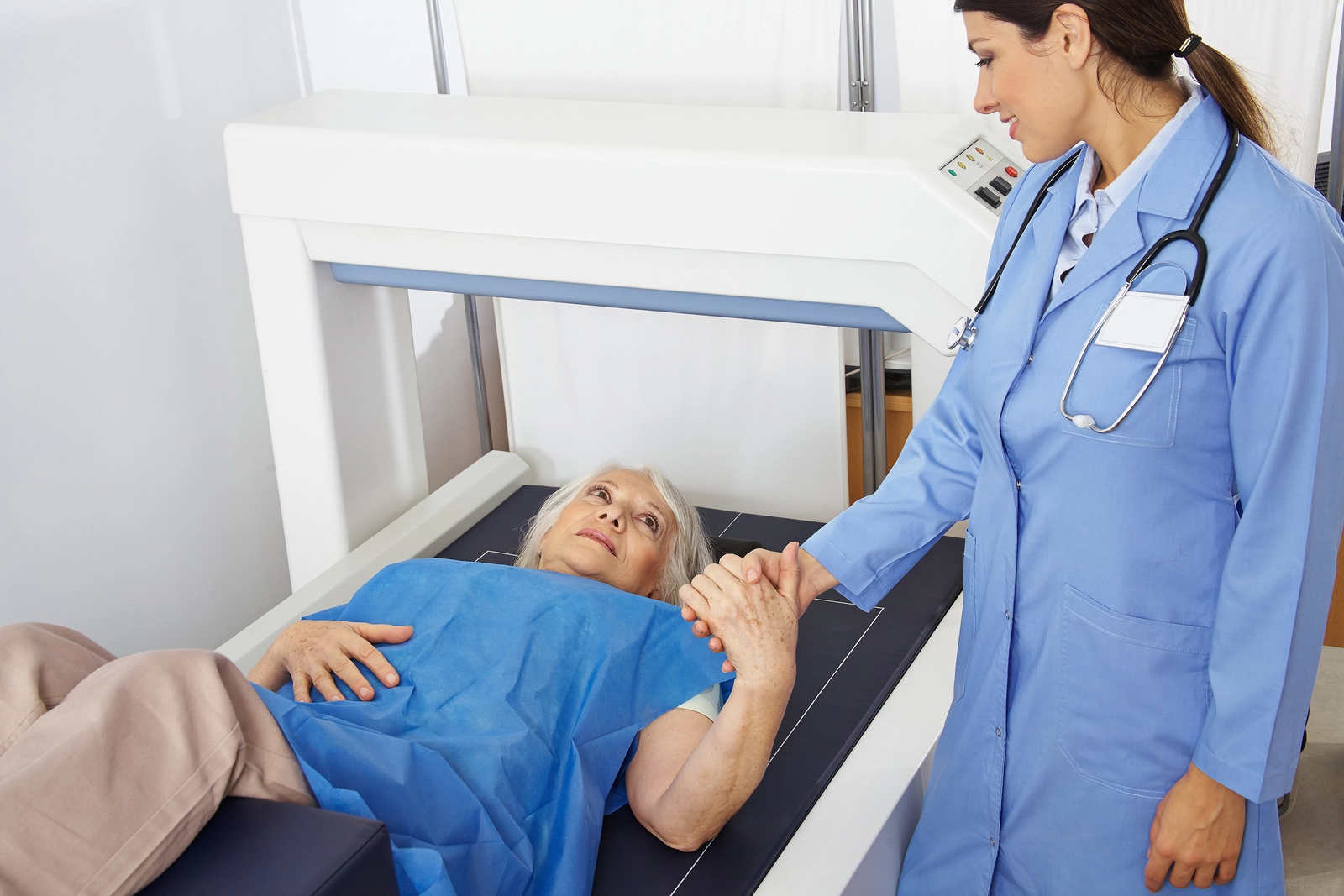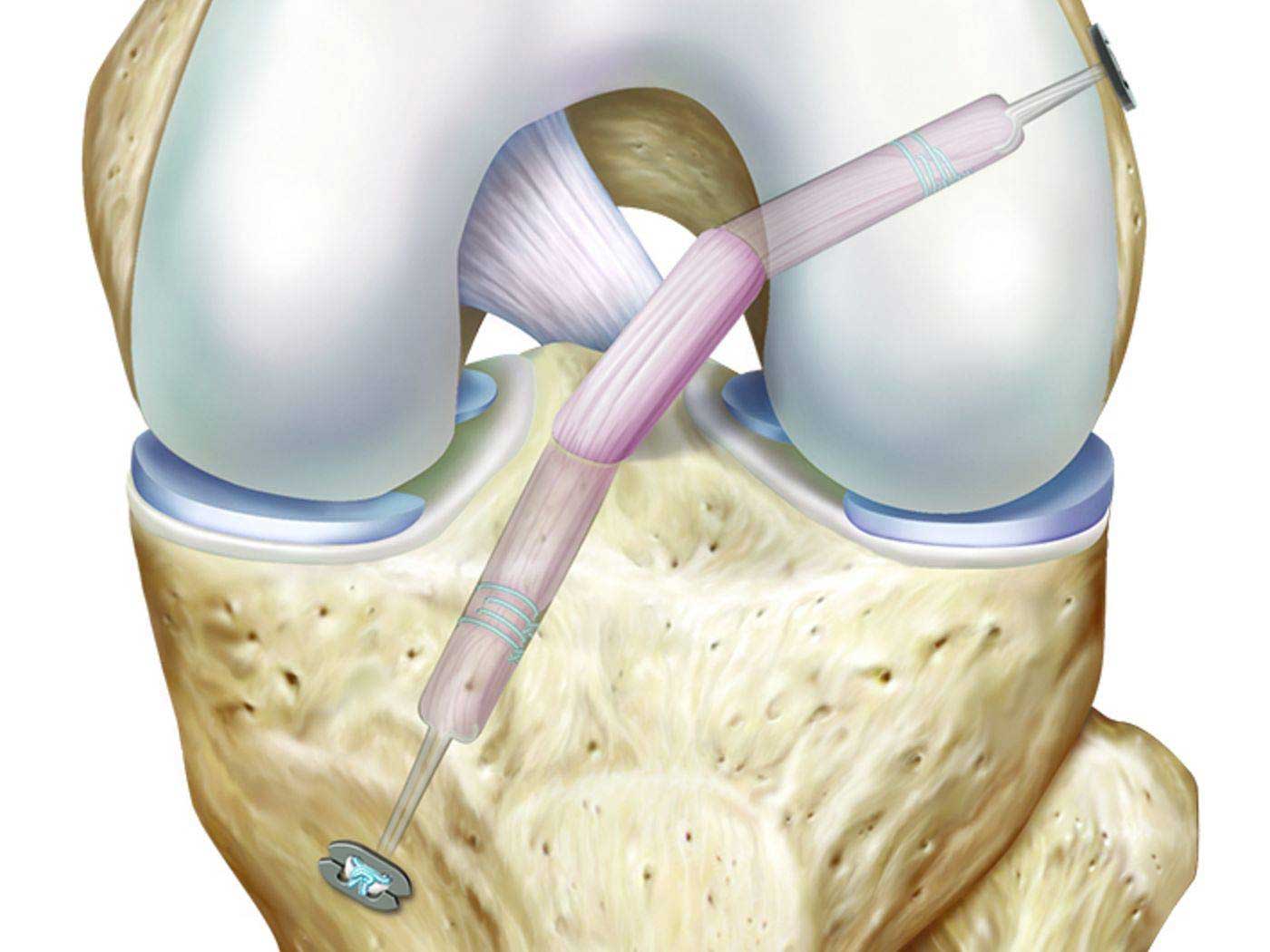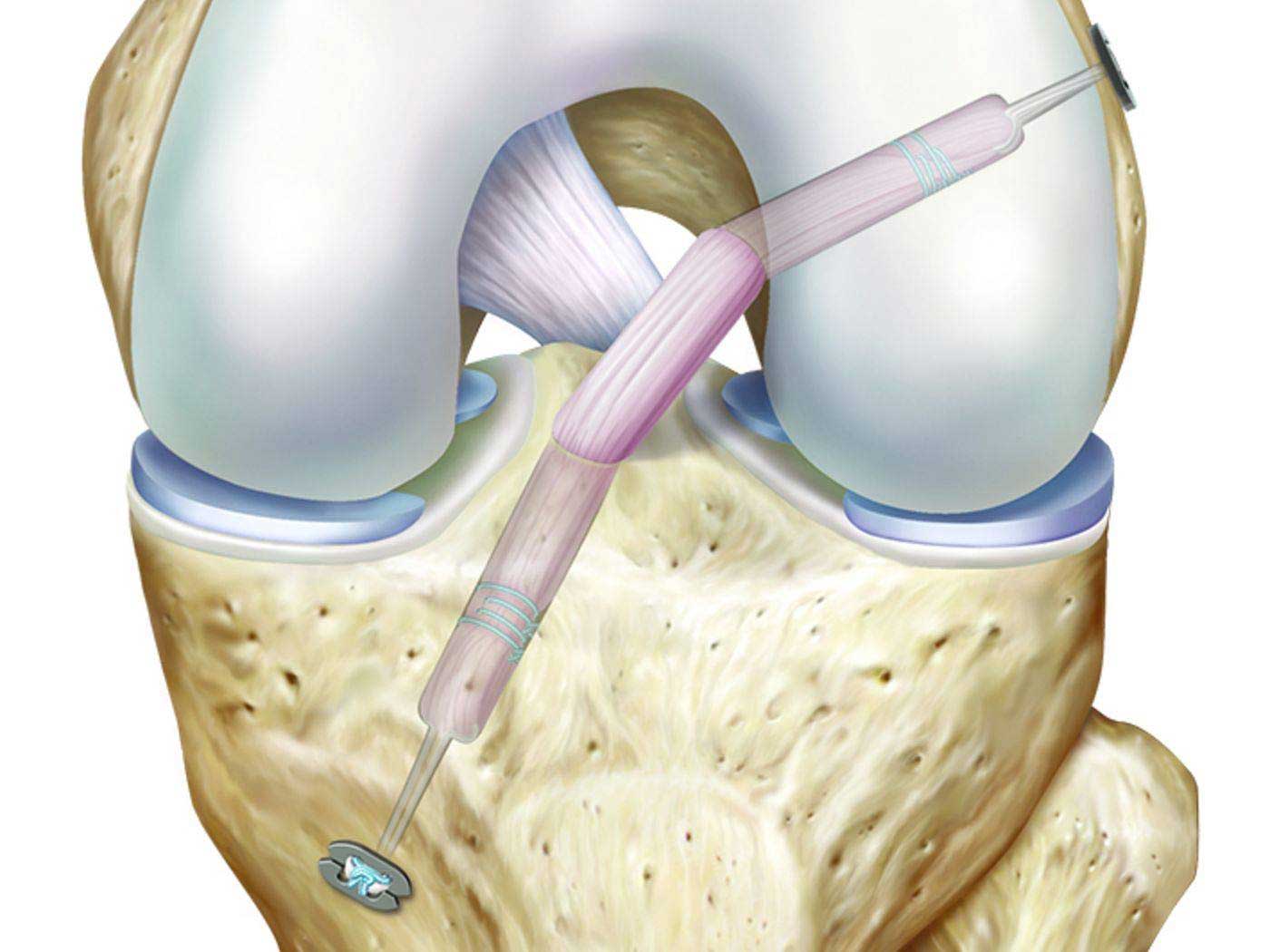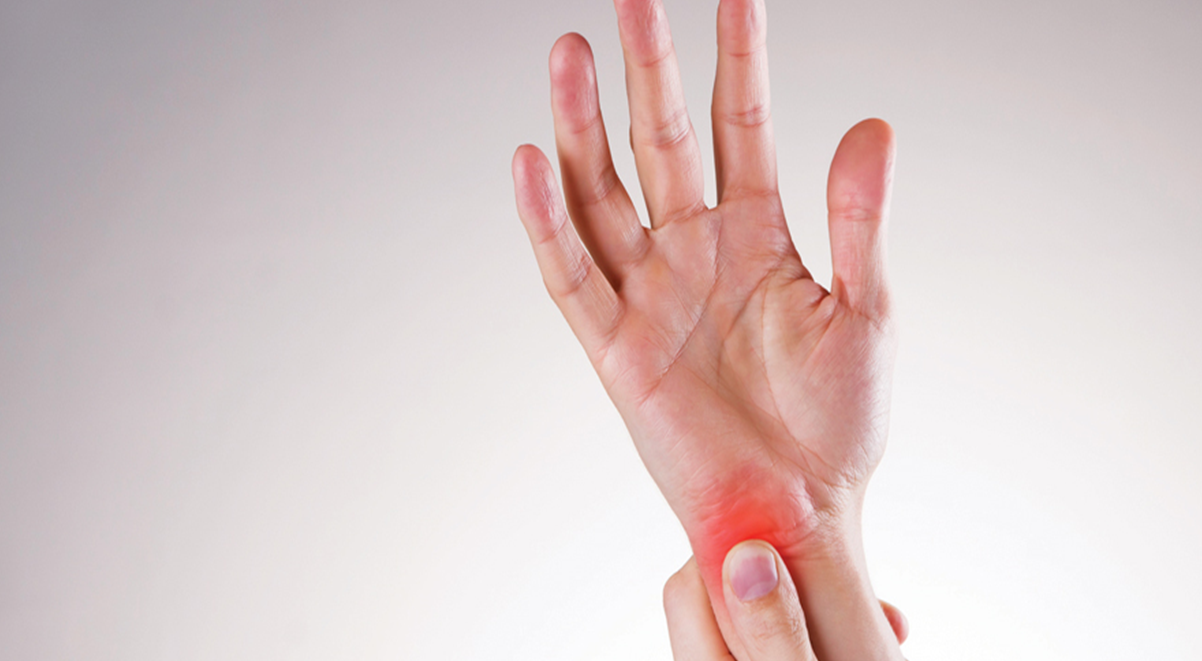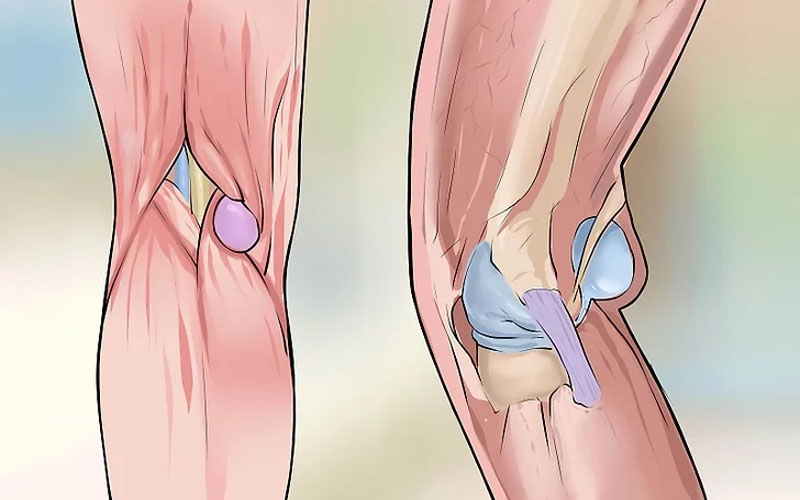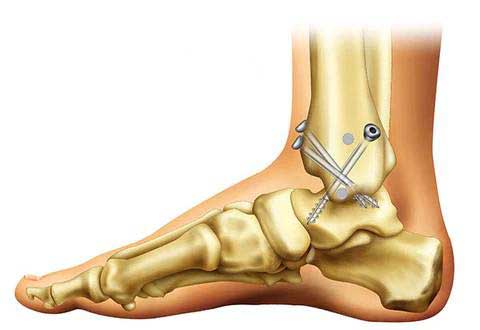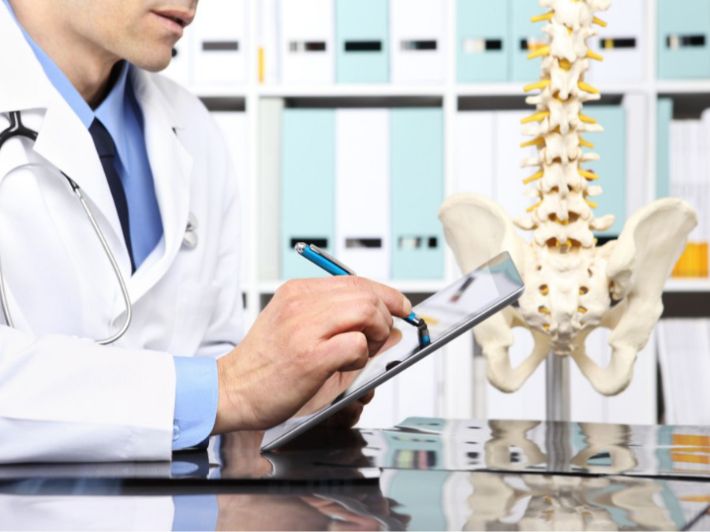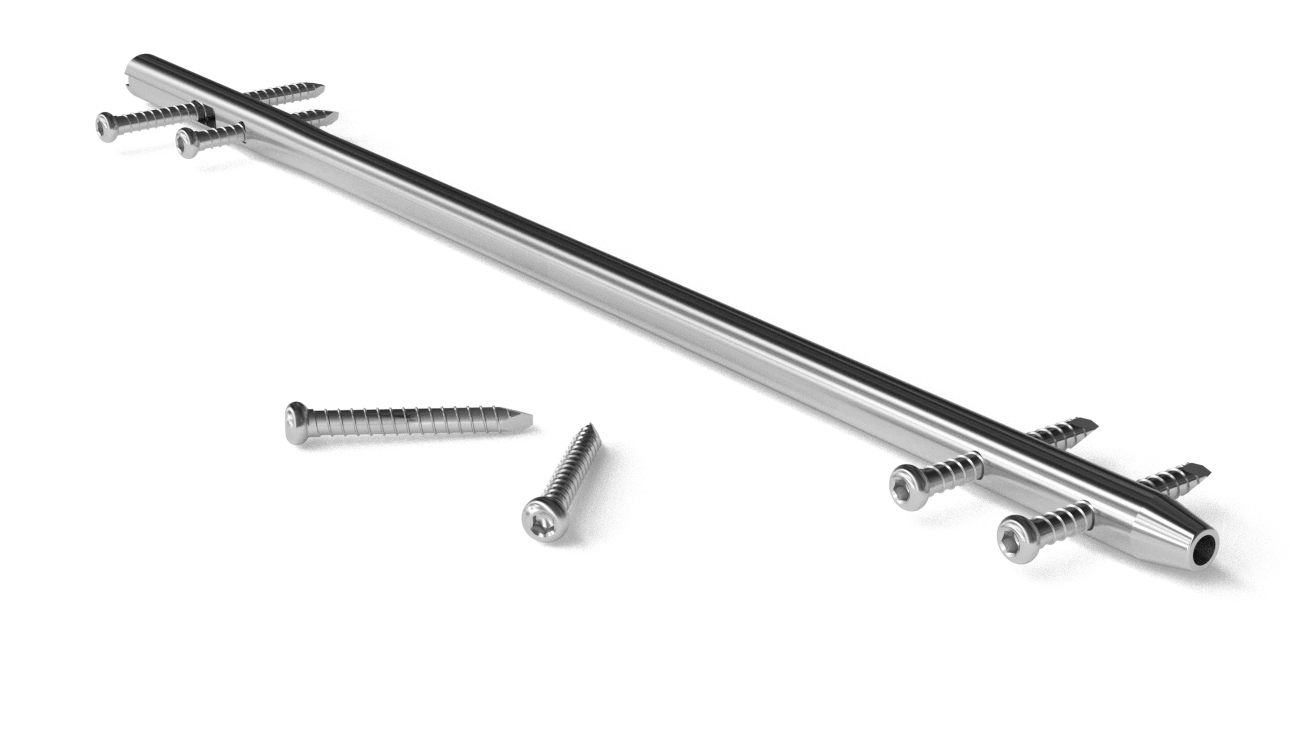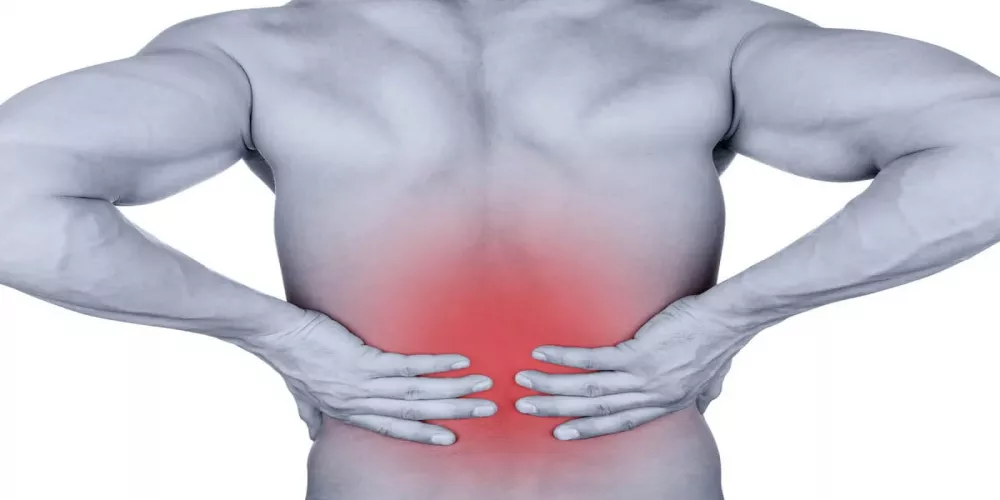Learn about the treatment of a tear, its main causes, and symptoms!
Treatment of Strain, you may have heard of muscle tear or what is known as a strain, and in the following paragraphs, we will help you learn about the most important information related to this matter in terms of causes, symptoms, and effective treatment methods, so follow us to receive all the latest updates, and learn about ways to prevent this injury.
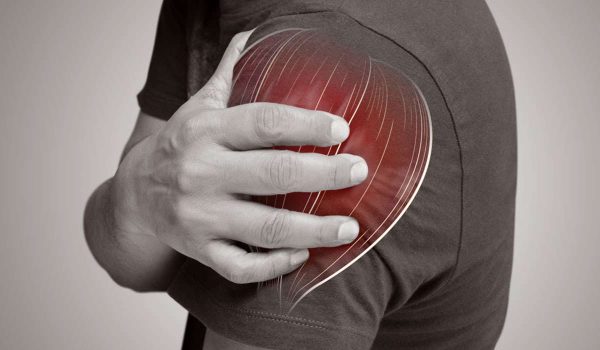
Treatment of Strain
The best methods for treating strain are as follows:
-
Rest and Massage: Complete rest of the affected muscle is essential for recovery. It is necessary to avoid any activity that may increase pressure on the injured muscle. Gentle massage of the affected area can be used to improve blood circulation and relieve pain.
-
Use of Ice: Ice applications are effective in reducing inflammation and relieving pain. It is recommended to apply an ice pack or a cold source directly to the affected area for 15-20 minutes several times a day.
-
Stretching and Strengthening Exercises: After the pain subsides and inflammation disappears, you can start practicing stretching and strengthening exercises for the muscles. It is recommended to gradually progress in these exercises and listen to your body to avoid causing any further harm to the recovering muscle.
-
Medication: Some medications are used to relieve pain and inflammation resulting from the strain. It is necessary to consult a specialist doctor to determine the appropriate dosages and duration of treatment.
-
Physical Therapy: In some cases, physical therapy can be helpful in accelerating the recovery process and strengthening the affected muscles. Techniques such as deep tissue massage, specific exercises, and heat therapy may be included.
-
Acupuncture: Acupuncture is considered an alternative treatment used to relieve pain associated with strains. This treatment works by stimulating specific points in the body and improving energy flow. It should be performed by a qualified practitioner and based on an accurate diagnosis.
-
Complementary Factors: Some complementary factors, such as heat therapy and ultraviolet light therapy sessions, can help relieve pain and restore normal muscle function in the affected area.
Dr. Amr Amal provides a supportive and comfortable therapeutic environment to achieve the best results in treating strains. For more information about back muscle tears, click here.
Symptoms of Strain
Muscle injuries involve partial or complete tearing of muscle fibers or complete detachment of the muscle from the tendons. These injuries are characterized by specific symptoms that the affected person may notice. Here is a list of the most prominent symptoms of muscle strain:
-
Acute Pain: Pain is one of the most prominent symptoms of muscle strain, and it can be continuous or occur with movement. Pain may increase when attempting strenuous movement or engaging in physical activity.
-
Muscle Spasms: The affected person may notice muscle spasms in the area of the strain, as the muscles contract involuntarily to protect the injured part.
-
Swelling and Redness: When a muscle strain occurs, it may be accompanied by swelling and redness in the affected area due to the accumulation of fluid and blood at this point.
-
Loss of Strength and Functional Capacity: The affected person may experience a loss of ability to use the injured muscle at full strength and functional capacity. Loss of strength can affect the performance of daily activities and normal movements.
-
Sound of Tearing or Snapping: In some cases, the sound of tearing or snapping can be heard when the muscle strain occurs. This is due to the detachment of the muscle from the tendons and the separation of muscle fibers from each other.
-
Itching or Tingling Sensation: In some cases, the affected person may experience itching or tingling in the injured area due to changes in blood circulation and friction between the damaged muscle fibers.
Regardless of the symptoms you experience, it is important to consult a specialist doctor for an accurate diagnosis and appropriate treatment. Caution should be exercised, and strenuous physical activities should be avoided until complete healing occurs. Resting the affected area and applying ice and cold compresses can help reduce pain and swelling in the area.
Dr. Amr Amal’s experience in treating strains means reaching innovative solutions tailored to your individual condition. To learn more, read the following article.
Causes of Strain
Many people may suffer from muscle strains, and this injury is particularly common in muscles located in areas such as the back and neck. Knowing the causes of this painful injury can help prevent it and reduce the risk of its occurrence. In this exclusive guide, we will provide you with a list of common causes of strain, which include:
-
Muscle Overuse:
Muscle overuse is one of the most common causes of muscle strain. Overuse can occur when engaging in excessive physical activity or carrying heavy weights for an extended period, putting abnormal stress on the muscles and leading to tearing. To learn more about muscle stiffness, you can click here. -
Insufficient Relaxation:
Insufficient relaxation of muscles after physical activity is another factor that can lead to strain. If muscles are not given enough time to relax and recover, they become more susceptible to injury. -
Lack of Proper Warm-up:
When starting physical activity or any other physical activity, it is important to gradually increase blood flow to the muscles. If this important step is neglected, the muscles may be susceptible to tearing due to lack of proper warm-up. -
Improper Stretching:
Before starting any physical activity, it is essential to properly stretch the muscles. Stretching increases blood flow and improves muscle flexibility, thereby reducing the risk of strains. -
Sudden Movements:
Sudden and forceful movements are potential causes of muscle strains. They can occur during sports or while performing a sudden activity, such as lifting something heavy quickly. -
Excessive Physical Activity:
Engaging in excessive physical activity can increase muscle tension and lead to tearing. It is important to engage in regular and balanced exercise, allowing the body periods of rest for recovery and avoiding overexertion. -
Acute Injury:
Muscle tears can occur as a result of acute injuries sustained by the person, such as falls or sports accidents. These acute injuries can cause direct tearing and are usually painful, requiring immediate medical attention.
Ways to Prevent Strain
Preventing muscle strain and strains is important for maintaining body health and ensuring strength. Several steps and precautions can be taken to avoid these painful and annoying injuries. Here is a list of the most effective ways to prevent muscle strain:
| Warm-up Before Exercise |
|---|
| Warming up is essential before starting exercise, as it helps improve muscle flexibility and increase blood flow to the muscles, reducing the likelihood of muscle strain. Warm-up can be done by performing simple exercises that help warm up the muscles before starting physical activity. |
| Stretching and Extension Exercises |
|---|
| Stretching exercises are essential for maintaining muscle flexibility and strength, reducing the likelihood of tearing. It is important to perform stretching exercises regularly and correctly to achieve maximum benefits for the muscles. |
| Rest and Relaxation |
|---|
| Adequate time for rest and relaxation should be provided after intense exercise or strenuous physical activities, allowing the body to regain strength and heal strained muscles, thus reducing the likelihood of muscle strain. |
| Proper Nutrition |
|---|
| Proper nutrition plays an important role in strengthening muscles and improving their performance, thereby reducing the risk of muscle strain. Protein-rich foods and essential nutrients should be consumed to support muscle health and strength. |
By following these simple guidelines, individuals can maintain the safety of their muscles and avoid painful muscle tears, contributing to improving their athletic performance and overall health. And don’t forget that Dr. Amr Amal is an expert in treating tears, using innovative methods to ensure quick and effective recovery.

How long does muscle tear pain last?
A muscle tear is one of the common injuries that occur in the body, often causing severe pain. Many people inquire about the duration of muscle tear pain and whether it will go away on its own or if it requires additional treatment. Unfortunately, a definitive answer to this question cannot be given as the duration of muscle tear pain varies from person to person and depends on several factors.
The key factors that affect the duration of pain include the severity and location of the tear, in addition to individual factors such as overall health and the body’s recovery mechanism. Some individuals may require a longer recovery period compared to others.
Generally, healing from a muscle tear can take several weeks to several months. During this period, it is advised for the affected individual to get adequate rest and avoid strenuous physical activities that may exacerbate pain and hinder recovery. However, each case should be evaluated individually, and consultation with a specialized doctor is recommended to determine the cause of pain and prescribe appropriate treatment. In some cases, surgical procedures or specific medications may be necessary to expedite recovery and alleviate pain.
How to relieve back muscle tear?
Back crises are among the most common health problems in modern society. Among these crises, a back muscle tear is one of the most troublesome and painful conditions. A back muscle tear can disable movement and hinder normal daily activities, necessitating finding ways to alleviate this problem.
Before treating a back muscle tear, individuals are advised to receive an accurate diagnosis from a specialized doctor. Doctors can provide the best options for patients based on the severity and type of pain. Among the things individuals can do to alleviate back muscle tear symptoms is to engage in simple exercises that help strengthen core muscles and improve flexibility.
In addition to physical exercises, it is recommended to change some daily habits to prevent or reduce the impact of a back muscle tear. Individuals can avoid sitting for long periods in front of computers or TVs and stretch their bodies while performing exercises that help strengthen muscles.
Generally, getting rid of a back muscle tear requires adopting a healthy and balanced lifestyle, including consuming a healthy diet and regularly exercising. It is also advised not to overload the spine and to maintain proper posture while sitting or engaging in daily activities.
There is no magic method to treat a back muscle tear, and it may take some time for complete recovery. Therefore, patients should be patient and committed to doctors’ recommendations. If symptoms persist or worsen, consulting a doctor for appropriate treatment is necessary, and you can benefit from a comprehensive approach to treatment with Dr. Amr Amal, where modern techniques and personalized care are integrated to treat the tear.
If you want to learn more about treating back muscle tears, we recommend you read this article.
Does massage help with a tear?
A recent study has shown that massage can be beneficial in treating tears and accelerating their healing. A tear is a painful injury that occurs when a muscle is stretched excessively or partially torn. Massage may improve blood flow to the affected area, increasing the supply of nutrients and essential oxygen to the damaged tissues for healing. Additionally, massage can help relieve muscle tension around the tear and reduce pain and swelling.
However, it should be noted that massage should be done by a qualified and trained therapist with care to avoid increasing pressure on the affected area and exacerbating the injury. Therefore, before starting massage therapy, consulting the treating doctor is necessary to assess the tear’s condition and determine if massage is appropriate and safe, followed by following the necessary guidelines for treatment and healing of the affected muscles.
How Long Does Muscle Tear Treatment Take?
Muscle tear injuries require varying durations of treatment depending on the severity of the tear and the type of muscle affected. Generally, one should wait until the pain completely subsides, and the muscle reaches maximum recovery before returning to exercises and routine activities. For mild tears, patients may need 3 to 6 weeks for full recovery and rehabilitation through physical therapy sessions during this period before resuming normal exercises.
For more severe injuries, surgical intervention may be required to treat muscle tears. For example, in cases of muscle detachment from the pelvis or bone, it may result in movement and walking disabilities. Similarly, if there is a loss of movement in the legs or arms, surgical intervention may be necessary. Doctors assess individual cases to estimate the required duration of treatment for complex conditions.
Overall, the treatment and recovery period varies depending on the type and severity of the tear, and it may require a rest period ranging from 4 to 8 weeks, along with physical therapy to strengthen the surrounding muscles. This decreases in cases of more severe injuries. It’s also worth mentioning that muscle injury types vary between muscle cramps, strains, or tears, as analyzed by an expert Iraqi medical professional. Muscle cramps may occur due to muscle weakness and exceeding its capacity or excessive effort.
Home Remedies for Muscle Tears
A person may experience muscle tears due to various reasons, such as excessive exercise or incorrect movements. In case of a muscle tear, home remedies may be necessary to relieve pain and accelerate the healing process. In this article, we will review some treatments that can contribute to recovering from muscle tears, including:
Ice and Heat
-
Ice is considered an effective home remedy for relieving pain associated with muscle tears. You can continuously apply an ice pack or a cold compress to the tear site for 20 minutes, repeated every hour for the first 24 to 48 hours after the injury. This helps reduce inflammation and swelling.
-
After the initial period of injury, using heat may be the appropriate option. You can apply a warm towel or a hot water bottle to the affected area to help alleviate pain and raise the temperature of the affected muscle.
Muscle Relaxation Exercises
- Muscle relaxation exercises may help reduce tension and improve the flexibility of muscles surrounding the injured area. You can perform gentle massage and stretching of the muscles. Look for specific muscle relaxation exercises for the injured part of the body and follow the necessary guidelines.
Rest and Compression Bandage
- Rest may be one of the most important home remedies for muscle tears. The injured person should refrain from any activity that increases pain or hinders the healing process. Additionally, a compression bandage can be used to reduce swelling and stabilize the injured area, which aids in faster recovery.
Avoid Excessive Self-Care
- In some cases, home remedies may not be sufficient for acute muscle tears. If the pain persists or symptoms worsen, the person should visit a doctor for injury assessment and necessary treatment. Some cases may require consultation with a physical therapist or a gradual return to physical activity.
-
Do not forget to consult a doctor before applying any of these home remedies, as cases and injuries may vary from person to person, and some may require more specialized medical care.
Classification of Muscle Tears
Classification Based on Severity of Injury
-
- Minor Tear: In this case, there is a minor tear in the muscle fibers without complete muscle exposure. The pain is moderate, and the functional capacity of the muscle remains largely intact.
- Moderate Tear: In this classification, there is a moderately severe tear in the muscle fibers, resulting in moderate pain and partial loss of muscle functionality.
- Severe Tear: In severe tearing, there is a complete tear of muscle fibers or detachment of the muscle from its tendons. The pain is severe, and the functional capacity of the muscle is greatly lost.
Classification Based on Type of Injury
-
- Muscle Tear: This is a partial or complete tear of the muscle fibers, resulting in pain and loss of muscle functionality.
- Tendon Tear: Occurs when the muscle detaches from its tendons, leading to difficulty in moving the muscle and severe pain.
Classification Based on Affected Area
-
- Ankle Ligament Tear: This tear occurs in the ligaments surrounding the ankle and may result from ankle sprains.
- Thigh Muscle Tear: Muscle tears can occur in the thigh area, such as the quadriceps or hamstring muscles.
- Shoulder Muscle Tear: In this case, there is a tear in the muscles surrounding the shoulder, leading to difficulty in shoulder movement and severe pain.
Muscle tear classifications provide doctors and professionals in physical therapy with the necessary guidance to determine the type of tear and take appropriate treatment measures. It is essential to obtain an accurate diagnosis from a specialist doctor to determine the condition and prescribe the necessary treatment plan. If you experience any symptoms indicating a muscle tear, do not hesitate to visit a doctor for the correct diagnosis and necessary treatment.
Get innovative treatment solutions for muscle tear pain from Dr. Amr Amal.
Is Muscle Tear Serious?
Muscle tear is a common and painful condition that many people experience. Muscle tears are defined as partial or complete detachment of muscle fibers. Although muscle tear is not considered serious in most cases, its implications should be viewed as serious matters.
The severity of muscle tear depends on several factors. These include the area of injury, the size of the muscle tear, and the age of the patient. For example, a muscle tear in the thigh may have a greater impact and may require long and complex treatment. Additionally, tendon tears can occur in the body, which usually requires surgical intervention.
Despite the importance of medical consultation and surgical treatment in some cases, self-care is an important part of the treatment strategy. Generally, rest, ice application, and avoiding repeated excessive stress on the injured muscle are recommended. Risk factors for muscle tears also play a role in determining the severity of this injury. For example, age, excessive muscle use, poor nutrition, and muscle weakness are among the factors that can increase the risk of muscle tear.
Overall, individuals should make every effort to avoid muscle tears. In case of injury, consulting a doctor for proper diagnosis and prescription of appropriate treatment is necessary. Muscle tear can cause pain and temporary disability, so it should be carefully treated to reduce complications.
What Is the Difference Between a Tear and a Muscle Strain?
Muscle tear and muscle strain differ in nature and their impact on muscle fibers. Here are the key differences between them:
Muscle Tear
- Caused by excessive stretching or excessive tension on muscle fibers.
- Can cause severe pain and swelling in the affected area.
- Occurs when one fiber or a few muscle fibers tear.
- Often occurs due to sudden excessive force exerted on the muscle.
Muscle Strain
- Does not cause muscle tear but occurs due to abnormal tension on the muscle.
- Mainly occurs due to quick and unexpected movements that change direction.
- Does not cause widespread pain in the muscle but is associated with the strained area only.

Best Doctor for Muscle Tear Treatment in Egypt
Dr. Amr Amal has extensive experience in treating bone problems and is an expert in his field. Dr. Amr has deep experience and knowledge in diagnosing and treating muscle tears. He is one of the best doctors in this field in Egypt. Additionally, Dr. Amr has qualifications and practical experience that make him the first choice for patients suffering from muscle tears.
Furthermore, Dr. Amr Amal is committed to the highest standards of quality and medical ethics. He cares about the comfort and health of his patients and works on developing treatment techniques to meet natural body needs. This makes him an ideal choice for patients seeking specialized muscle tear treatment in Egypt. Dr. Amr Amal is considered one of the best specialists in muscle tear treatment in Egypt, with a record of effective and innovative treatment, always striving for the best results for his patients.



